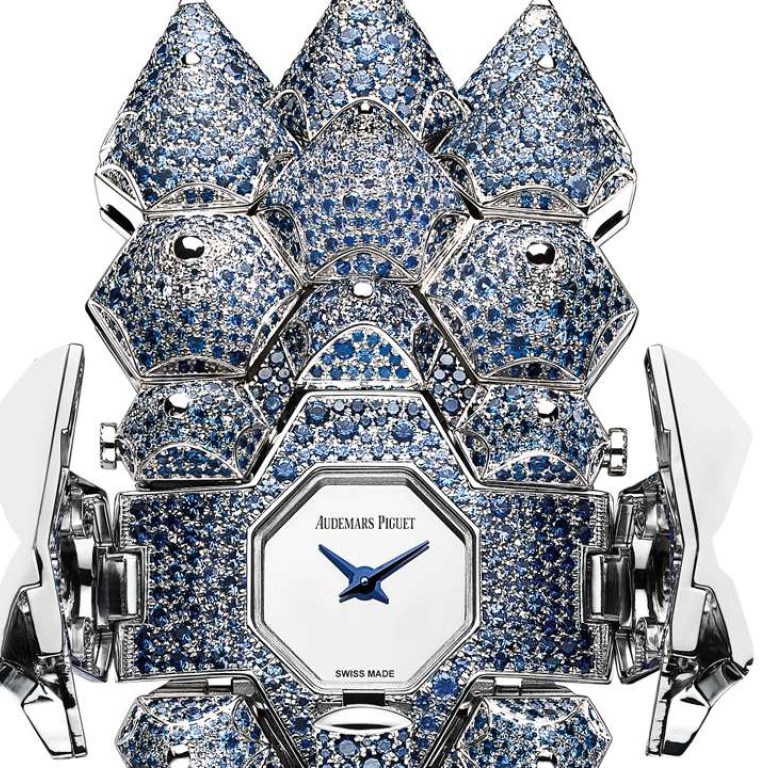Audemars Piguet’s Royal Oak collection fulfils CEO’s pledge

While Royal Oak collection sees upgrades to technical and design features and tribute pieces, the Diamond Outrage is the final incarnation in a trilogy of haute joaillerie timepieces
François-Henry Bennahmias promised a streamlined collection with new mechanisms, designs and materials when he assumed the reins as CEO at Audemars Piguet four years ago. That pledge started to emerge last year with the Royal Oak collection, and all eyes were on it at this year’s SIHH, as the watchmaker unveiled novelties showcasing new designs and materials across its signature line.
They included the Royal Oak Openworked Double Balance Wheel with two balance wheels on the same axis to improve precision, a first in the industry that in just a year has become Audemars Piguet’s third bestselling watch. The Royal Oak Offshore Diver Chronograph saw the brand depart from conservative colours to vibrant dials and straps.
The Royal Oak collection is under close scrutiny again this year, with upgrades to technical and design features and tribute pieces.



The year 1977 was also important for the launch of the Audemars Piguet women’s Royal Oak series, adapted from Gerald Genta’s masculine piece into a more contemporary sleek design. This 40-year milestone is marked with the Royal Oak Frosted Gold, in pink and white “diamond dust” variations.
Audemars Piguet teamed up with Florentine jewellery designer Carolina Bucci to create the frosted effect, using a diamond tipped tool and an ancient gold hammering technique to create tiny indentations that give the effect of diamond dust, or frost.

in 1955.
This year’s variation is notable for being the first watch in the Royal Oak collection to depart from metal.
Mechanically, the new, 41mm all-black ceramic version is the same as its predecessors, beating with an automatic 5134 that operates the week, day and date as well as leap year and astronomical moon. The swap from metal to ceramic was far from easy.